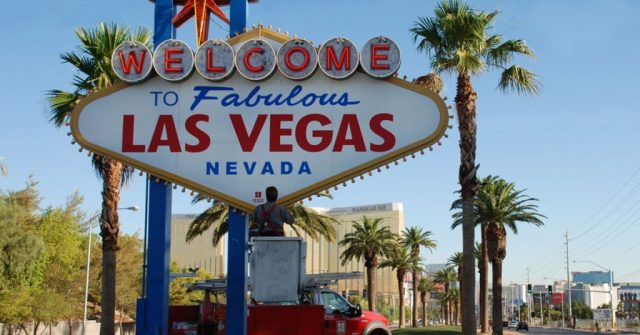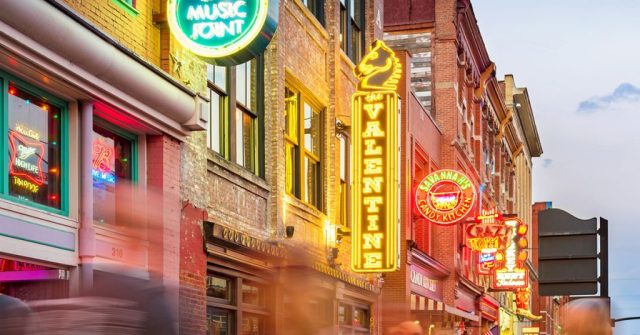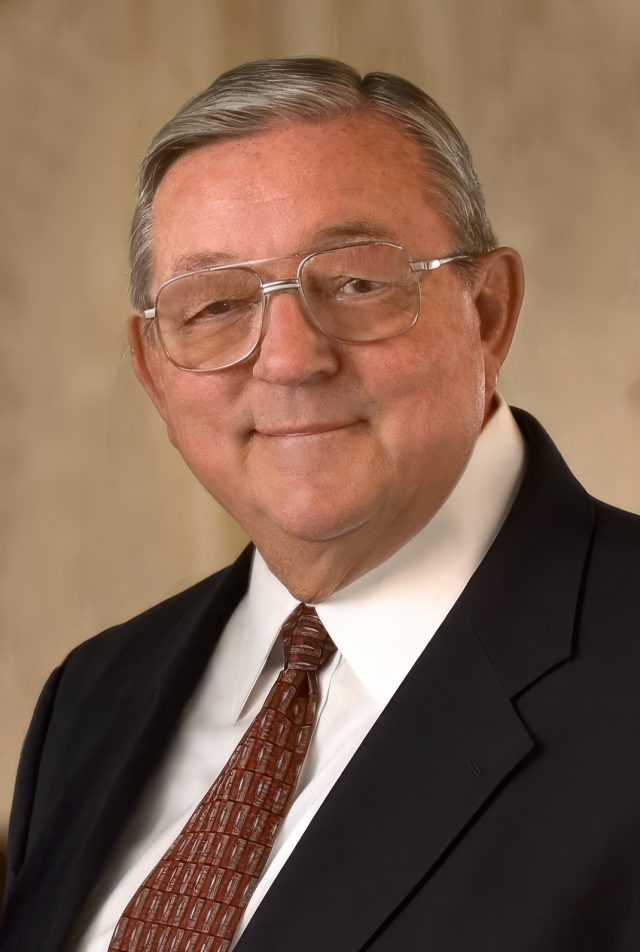How Some of The Most Memorable Custom Signs Were Made
Since the evolution of commercial electric lighting, some now iconic signs have been ordered and constructed that have shaped the cultural image of the unique American landscape. This month, we highlight some of the most famous signs in the US, such as the “HOLLYWOOD” sign , “Welcome to Las Vegas” sign, , and others that...



